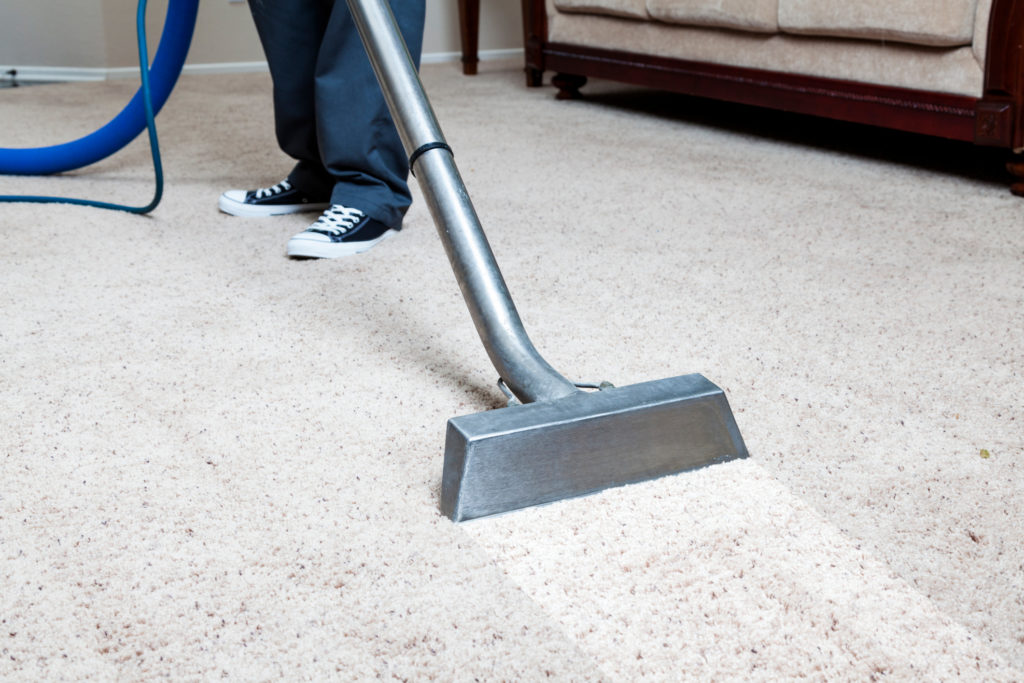Shampooing vs. Steam Carpet Cleaning: Which is Better?

When it comes to maintaining the look and longevity of your carpets, two primary cleaning methods stand out: shampooing and steam cleaning. Each approach has its strengths and limitations, and choosing the best method depends on various factors, including the type of carpet, level of dirt, and specific cleaning needs. Let’s explore both options to help you decide which one might be right for your home.
Shampooing: Traditional Yet Effective for Certain Needs
Shampooing carpets involves applying a detergent solution directly to the carpet fibers, which is then agitated with a rotary brush to break down dirt and stains. This method is effective for carpets that require a deep clean and have heavy staining or stubborn dirt embedded in the fibers. The agitation from the brushes works to dislodge grime that may not come out with basic vacuuming or lighter cleaning methods.
Advantages of Shampooing:
- Effective for High Traffic Areas: Shampooing can effectively remove deeply embedded dirt and grime, making it suitable for high-traffic areas or older carpets.
- Budget-Friendly: Shampooing is often more affordable than steam cleaning, especially for homes with extensive carpeted areas.
- Stain Removal Power: Shampooing is particularly effective at targeting stains, especially from food, pets, or spills, due to its targeted cleaning solutions.
Drawbacks of Shampooing:
- Residue Buildup: One downside of shampooing is that it can leave behind soap residues, attracting more dirt over time and making carpets look dirtier faster if not thoroughly rinsed.
- Drying Time: After shampooing, carpets can take longer to dry, leaving them susceptible to mold and mildew growth in humid environments.
- Less Deep Penetration: Shampooing primarily targets surface-level dirt, meaning it may not reach as deeply as steam cleaning to remove allergens and bacteria.
Steam Cleaning: A Deeper, Eco-Friendly Approach
Steam cleaning, also known as hot water extraction, uses high-temperature water vapor to penetrate carpet fibers deeply. The steam dissolves dirt and grime, which is then extracted along with the water, resulting in a clean, fresh carpet.
Advantages of Steam Cleaning:
- Deep Cleaning: Steam cleaning reaches deeper into carpet fibers, removing dust mites, allergens, bacteria, and dirt at a microscopic level, making it ideal for households with allergies or pets.
- Eco-Friendly: Unlike shampooing, which often involves detergents, steam cleaning relies on the power of hot water, making it an eco-friendly and chemical-free option.
- Quick Drying Time: While steam cleaning involves moisture, the process is designed for efficient extraction, reducing drying time and minimizing the risk of mold or mildew development.
Drawbacks of Steam Cleaning:
- Higher Cost: Steam cleaning often comes at a higher price point than shampooing due to specialized equipment and techniques.
- Requires Professional Expertise: Proper steam cleaning requires knowledge and skill, as improper use can lead to carpet damage.
- May Not Target Tough Stains Alone: For heavily stained areas, additional spot treatments may be necessary, as steam cleaning alone may not fully remove set-in stains.
Which Method Is Best for Your Carpet?
If your carpet faces heavy traffic and has persistent stains, shampooing might be the better choice for its intense cleaning power. However, for households focused on deep cleaning, allergen reduction, and eco-friendly practices, steam cleaning is often superior.
